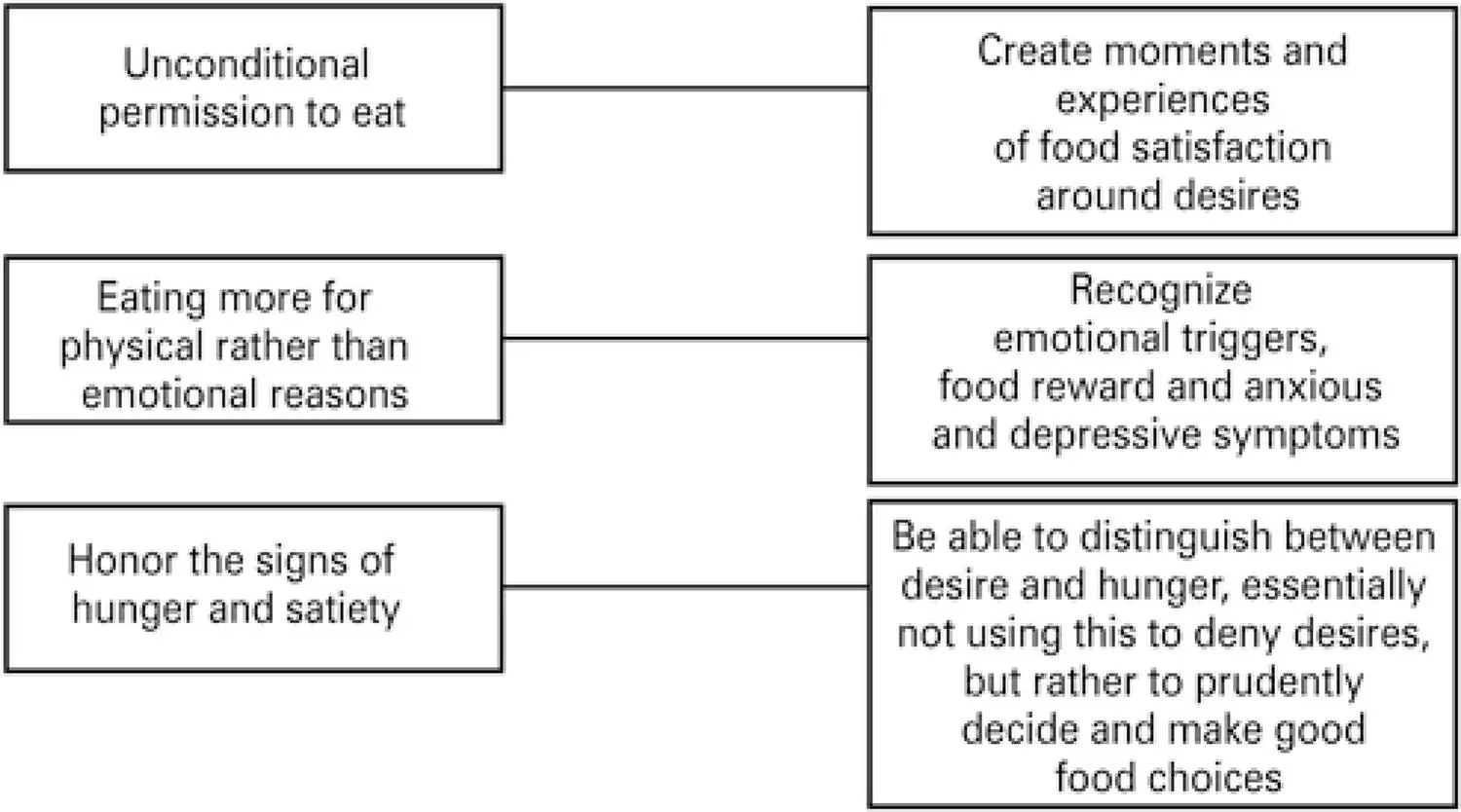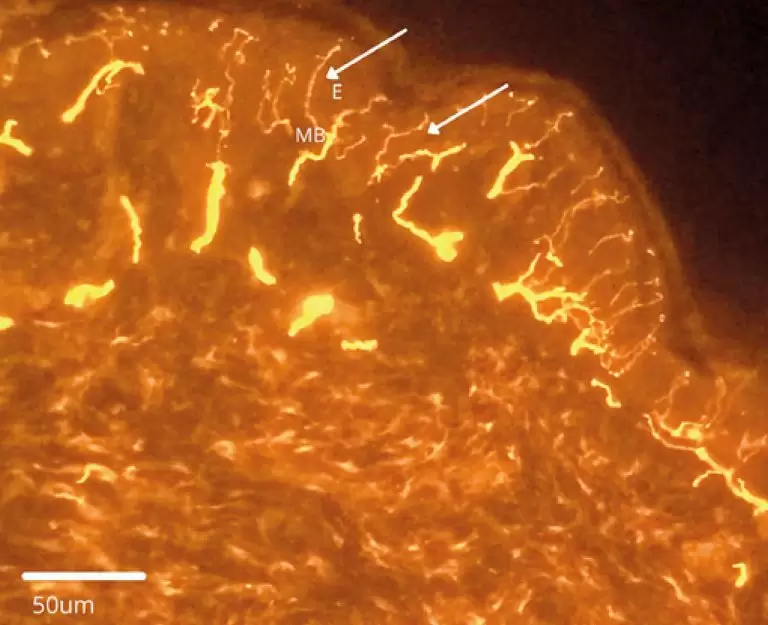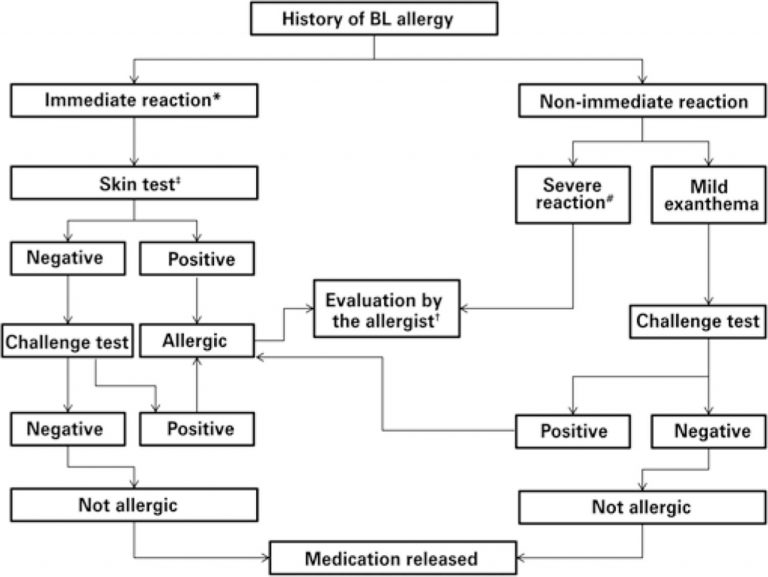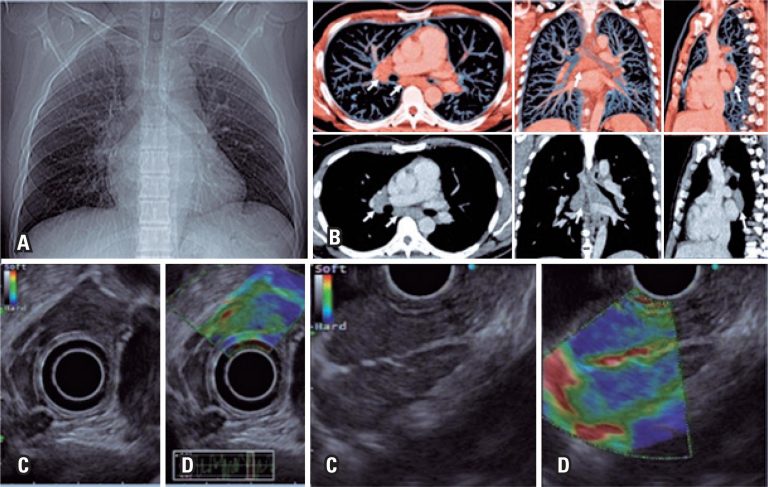24/Aug/2022
The body asks and the mind judges: the episode of food craving, its triggers and nutritional treatment
einstein (São Paulo). 24/Aug/2022;20:eMD6705.
View Article24/Aug/2022
The body asks and the mind judges: the episode of food craving, its triggers and nutritional treatment
DOI: 10.31744/einstein_journal/2022MD6705
ABSTRACT Food desires are defined as motivations that drive the search for and consumption of food. However, when domains of intensity and urgency are activated, these desires can become intense (i.e. food craving), being then characterized by episodes or cognitive events loaded with affectivity, in which food is associated with obtaining pleasure or relief, which is the only attentional focus. Specificity and urgency mark the differentiation between food desires and cravings. The process of elaboration with vivid images, the retention […]
Keywords: Binge-eating disorder; Craving; Feeding and eating disorders; Feeding behavior; Food preferences; Motivation
15/Aug/2022
Sleep endoscopy as a complementary diagnostic method for snoring and sleep apnea
DOI: 10.31744/einstein_journal/2022MD8035
ABSTRACT Obstructive sleep apnea is a disorder characterized by complete or incomplete and recurrent upper airway collapse induced by sleep. Several diagnostic methods for obstructive sleep apnea are used, but only sleep endoscopy allows an endoscopic assessment of pharyngeal collapse during sedation. It is essential to carry out sleep endoscopy following a systematic institutional protocol, in preestablished stages, to ensure better reproducibility and reliability of the results found. Sleep endoscopy has few limitations and is a safe test, with a […]
Keywords: Airway obstruction; Endoscopy/methods; Sleep apnea, obstructive/diagnosis; Snoring
05/Jul/2022
Investigation of nerve fibers in the skin by biopsy: technical aspects, indications, and contribution to diagnosis of small-fiber neuropathy
einstein (São Paulo). 05/Jul/2022;20:eMD8044.
View Article05/Jul/2022
Investigation of nerve fibers in the skin by biopsy: technical aspects, indications, and contribution to diagnosis of small-fiber neuropathy
DOI: 10.31744/einstein_journal/2022MD8044
ABSTRACT Skin biopsy with investigation of small-diameter nerve fibers in human epidermis and dermis has been proven to be a useful method for confirming small-fiber neuropathy. In medical practice, small-fiber neuropathy is increasingly recognized as a leading cause of neuropathic pain. It is a prevalent complaint in medical offices, brought by patients often as a “painful burning sensation”. The prevalence of neuropathic pain is high in small-fiber neuropathies of different etiologies, especially in the elderly; 7% of population in this […]
Keywords: Biopsy; Diabetes mellitus; Diabetic neuropathies; Drug therapy; Fabry disease; HIV; Nerve fibers; Neuralgia, postherpetic; Rheumatic diseases; Skin; Small fiber neuropathy
15/Apr/2021
Allergy to penicillin and betalactam antibiotics
DOI: 10.31744/einstein_journal/2021MD5703
ABSTRACT Betalactams are the most frequent cause of hypersensitivity reactions to drugs mediated by a specific immune mechanism. Immediate reactions occur within 1 to 6 hours after betalactam administration, and are generally IgE-mediated. They clinically translate into urticaria, angioedema and anaphylaxis. Non-immediate or delayed reactions occur after 1 hour of administration. These are the most common reactions and are usually mediated by T cells. The most frequent type is the maculopapular or morbilliform exanthematous eruption. Most individuals who report allergies […]
Keywords: Anti-bacterial agents/adverse effects; Beta-lactams/adverse effects; Drug hypersensitivity/diagnosis; Penicillins/adverse effects
12/Nov/2020
Application of blended care as a mechanism of action in the construction of digital therapeutics
einstein (São Paulo). 12/Nov/2020;18:eMD5640.
View Article12/Nov/2020
Application of blended care as a mechanism of action in the construction of digital therapeutics
DOI: 10.31744/einstein_journal/2020MD5640
ABSTRACT The article describes the use of blended care as a mechanism of action in the construction of a therapy that uses digital means to improve and support current clinical treatments. The so-called digital therapeutics provides evidence-based therapeutic interventions for patients, who are guided by software to prevent, manage, or treat a medical disorder or disease. They are used independently or together with drugs, devices, or other therapies to optimize patient care and health outcomes. They are similar to popular […]
Keywords: mHealth; Telemedicine; Therapeutics
04/Feb/2020
Cinematic rendering for three-dimensional reconstructions of the chest wall: a new reality
DOI: 10.31744/einstein_journal/2020MD5223
ABSTRACT Computed tomography with multiple detectors and the advancement of processors improved rendered images and three-dimensional reconstructions in clinical practice. Traditional axial slices form non-intuitive images because they are seen in only one plane. The three-dimensional reconstructions can show structures details and diseases with complex anatomy in different perspectives. Cinematic rendering is a newly three-dimensional reconstruction technique, already approved for clinical use, which can produce realistic images from traditional computed tomography data. The algorithm used is based on light trajectory […]
Keywords: Image processing, computer-assisted; Tomography, x-ray computed
27/Nov/2019
Echoendoscopy with elastography in mediastinal lymph nodes
DOI: 10.31744/einstein_journal/2019MD5157
ABSTRACT Elastography is a widely used procedure in conventional ultrasonography that has recently been incorporated in echoendoscopy. This is an innovative and promising technology that aims to increase the negative predictive value of endoscopic ultrasonography and fine-needle aspiration punctures. It is useful for directing punctures in suspect areas and, consequently, improves diagnostic performance. This is a non-invasive technique, easy to perform, without additional costs or complications. The main indications are the analysis of solid pancreatic masses, lymph nodes, subepithelial lesions, […]
Keywords: Biopsy, fine-needle; Bronchoscopy; Endoscopic ultrasound-guided fine needle aspiration/methods; Lymph nodes; Mediastinum; Ultrasonography, interventional
30/Aug/2019
Endobronchial ultrasound: a minimally invasive technology to assist diagnosis of thoracic diseases
DOI: 10.31744/einstein_journal/2019MD4921
ABSTRACT The endobronchial ultrasound is a minimally invasive technique that simultaneously associates ultrasound and bronchoscopy, to visualize lung nodule or masses, airway wall, and structures adjacent to the tracheobronchial tree. Endobronchial ultrasound has been incorporated into clinical practice all over the world because of its low risk and high diagnostic yield in neoplastic and non-neoplastic disease.
Keywords: Biopsy, fine-needle; Bronchoscopy; Endoscopic ultrasound-guided fine needle aspiration/methods; Lymph nodes; Mediastinum; Ultrasonography, interventional
23/May/2019
Is virtual reality useful for pain management in patients who undergo medical procedures?
DOI: 10.31744/einstein_journal/2019MD4837
ABSTRACT Pain management is a complex medical issue, and many efforts have been done to develop new non-pharmacological therapies. Virtual reality is a technology apparatus that make an interaction between human and virtual environment through an hardware (usually a headset) linked to a computer or a mobile, by using a software. Additionally, this virtual setting can be adapted to any type of scenario. Thus, it is plausible that the software used should be personalized depending on patient’s experiences and expectations. […]
Keywords: Pain management; Virtual reality; Virtual reality exposure therapy
19/Feb/2019
The role of magnetic resonance imaging in Ménière disease: the current state of endolymphatic hydrops evaluation
einstein (São Paulo). 19/Feb/2019;17(1):eMD4743.
View Article19/Feb/2019
The role of magnetic resonance imaging in Ménière disease: the current state of endolymphatic hydrops evaluation
DOI: 10.31744/einstein_journal/2019MD4743
ABSTRACT Technical advances in magnetic resonance imaging have allowed to accurately detect and grade endolymphatic space distension in Ménière disease; this was only possible in post-mortem histological studies until a few years ago. Magnetic resonance imaging rules out other causes of vertigo and hearing loss, and is able to evaluate the cochlear and vestibular compartments of the endolymphatic space using a dedicated protocol.
Keywords: Ear, inner; Endolymphatic hydrops; Labyrinth diseases; Magnetic resonance imaging; Ménière disease; Saccule and utricle











